|
Getting your Trinity Audio player ready...
|
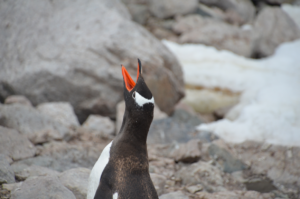
OWN VOICE. ~ InPerspective by Rich D., Bruce Laird, and edited by Gregg Dieguez —
Here is a story about a faraway land with nearby implications for you and me. One of our college roomies took a trip to Antarctica with his wife Paula last month (Feb, 2022). Prior to the trip, we corresponded about what the various COVID exposure risks would likely be while traveling, and how to mitigate them. I asked him to keep a dairy of COVID precautions taken before and during the trip, and below is what he sent me.
Footnotes: to use, click the bracketed number and then click your browser Back button to return to the text where you were reading.
Images: Click to enlarge for improved readability in a new window. Photos courtesy of Rich D.
Synopsis
During the Omicron wave the vaccines have been a mixed blessing. The very good news is that in communities with high uptake of vaccines and boosters, rates of severe COVID have been greatly reduced over prior waves, as measured by the lower rates of hospitalization for treatment of COVID, and especially the lower per capita consumption of ICU beds by COVID patients. On the other hand, the Omicron wave has also brought increased rates of both breakthrough cases and reinfections, due to a combination of waning immunity and Omicron’s immune escapability. In addition, the downside of milder infections is that there is an increased prevalence of asymptomatic and mild cases that can easily be mistaken for a cold or the flu. This can lead to unwitting exposures and transmissions, and which only frequent testing could prevent. But as Rich’s story shows, even with lots of testing and many safety precautions, a single asymptomatic case in a closed environment like a cruise ship, can lead to multiple transmissions in a slow-motion super-spreader event. Brings back memories of the Diamond Princess cases leading to quarantine in Yokohama, in Feb 2020, but with a much happier outcome this time.
This Article has two sections:
1. Rich’s Antarctica story (from his email on 25 Feb 2022)
2. Understanding exposure risk on the Antarctica cruise, and other gatherings you and I might experience
1. Rich’s Antarctica story (from his email on 25 Feb 2022)
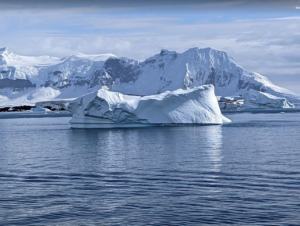
There is much to tell about COVID and our trip to Chile and Antarctica but I will start with a spoiler. I have been home since last Saturday [19 Feb 2022], but my wife Paula, having tested antigen positive in the Punta Arenas airport as we began our return to the U.S., was not allowed to fly home and is still in Chile, hoping to begin the trip home today. [She returned safely on 26 Feb.] Still, it was an adventure, everyone is well now and asymptomatic, and Antarctica is worth it. However, one must be prepared for the unexpected. Do not underestimate the virus, despite everyone’s best efforts.
To start the saga: pre-trip we had to sign into Chile’s Health Ministry website 30-45 days before travel to upload our vaccination records. A full series of an approved vaccine had to be documented, including lot numbers of the vaccine. You are issued an electronic travel pass, inactive at this point, that must be shown at various Chilean venues such as hotels, restaurants, museums, domestic flights, bars, etc. Within 48 hours of the plane door closing for the last leg of your trip to Chile you also need a negative PCR test. When results are back, you fill out an online attestation of absence of symptoms or exposure and upload your test result. Does this sound like a bit of a burden yet? However, we did it, with the PCR test being the hardest part in that short timeframe. We masked with N95 the whole trip, in first class. Once in Chile we had to submit to another rapid PCR test before leaving the secure area of the airport. We then had to quarantine in our hotel until the results were mailed to us, within 12 hours. The travel pass is then activated on your phone. At least they allowed us to fly on the domestic flight to our Patagonia hotel in Punta Arenas to await the results. We were still negative. Punta Arenas and the hotel were a delight. They sit on the Straits of Magellan, which we could see from our room, and a Colonial Public Square was visible from another window. Everyone masks, no public discord around this issue. The next day the expedition guests met with the guides and land support staff and we were given safety instructions, rubber boots for the wet Zodiac landings and various other pieces of equipment. We also had a rapid antigen test. Every guest was negative.
We were scheduled to fly the next day, on a specially designed short runway jet that seats 100, to King George Island in the South Shetland group, just off the Antarctic Peninsula, where our boat was at anchor. Our group was around 50 guests. You do not get a departure time, but rather a departure window, when there is at least 2,600 ft. of clear ceiling and the entire runway is visible. Unfortunately, that never happened the next day. We flew the day after. All weather in Antarctica is hyper-local and they have become very good at short term predictions of conditions at the airport. The same runway supports most of the many polar science stations and the Chilean defense forces and some tourist enterprises. Even though we lost a day, we gained 2 days at the end also because of weather so we actually had more time to experience Antarctica.
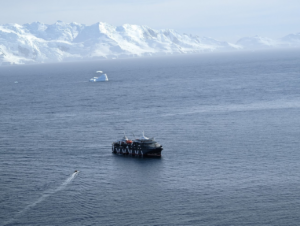
On the boat they were serious about COVID. The entire crew was fully vaccinated, but I’m not sure about boosted. They divided the crew into 3 bubbles. The hotel crew bubble handled food, bar, and room cleaning. The expedition crew guided us on land hikes and gave us nature, weather, research and historical lectures twice a day. They drove the Zodiacs and guided kayakers. They made sure we sanitized our boots before and after every shore excursion to prevent introduction of non-native species onto the continent. They were responsible for safety. Finally, the third bubble was the ships officers and crew. We never saw them and the Bridge was kept closed. This was a change from the normal open bridge policy. The bubbles were truly separate. They ate and slept in bubbles with no mixing. There was also a ship’s doctor, who was independent. I spoke with him, and no one on our trip, crew or guest, had symptoms or tested positive. They tested the entire crew on a frequent schedule. No one was positive on our trip although he had had some positives on prior trips. He had 2 treatment rooms with isolated air flow for these patients. He also said that he had some occasional anti-maskers. None with us. Everyone was masked, except while eating or drinking. Then we distanced. The trip was fantastic and uneventful.
To return to the US you need a negative rapid antigen test 24 hours before flying home. Because we were late returning and went from the Antarctic plane directly to the domestic homeward flight, the expedition company set the lab up at the Punta Arenas airport. The expectation was that we would get the results in Santiago before flying to the US. However, they were quick. Literally as we were walking on to the jetway, a staff person pulled Paula and 1 other woman aside. They had tested positive and could not fly. I had literally 2 minutes to decide what to do. A “Casablanca” moment. I was the Ingrid Bergman character and Paula was Bogie (Rick) insisting that I board the plane. I wanted to stay but reasonable heads prevailed. Suppose my test results converted into a positive result the next day, or I converted just as she was getting out of quarantine – we could have been stuck even longer. The decision made was to fly while you can, and in retrospect, knowing that she had plenty of people around to watch after her, it was the right move.
But wait, there’s more. One guy in our party of 6 converted at home the next day. Another group on the boat went on to Torres del Paine in Patagonia and several of them converted there. Several more who flew directly home converted at home. Three crew members converted quickly and over several days more of the crew converted. The trip after ours was shortened and all further trips cancelled for the season. We got the last plane to Lisbon, oops, I mean the last expedition to Antarctica.
By my estimate, even with all of the precautions and compliance of our group, we had at least a 25-30% reported infection rate. [Note: this is comparable to the secondary attack rates reported in Omicron households in the U.K. and Denmark.] I never converted, but had a sore throat at home and one of my friends had a respiratory illness. He did not test and he is an MD. I am not happy with him. He is being irresponsible and he already had COVID early in the pandemic.
The lesson here is “don’t bet against the virus” and consider travel insurance if the trip is expensive. If you travel, have contingency plans and go with a company that has the resources to support you from a distance in a foreign country and get you back home. Our travel company and their local expedition sub-contractor in Punta Arenas supported Paula thoroughly. They got her the hotel, navigated the Chilean Health Ministry, called her several times a day when she was in isolation and got her cleared to fly home. The travel company rescheduled all of her flights without forfeiting any money.
This is the first time I have had the opportunity to put all the “traveling in the time of COVID” experience down in writing. It is important to let people know that COVID is a real thing and that you really are at risk when you travel, no matter how careful you think you are. Can you tell from the narration that Paula and I are still glad that we went and both of us had a great time? It just was slightly different than what we had planned. The whole trip was exciting, even the last part, which is still ongoing. Pre-trip planning and discussing possible scenarios before we left home, as well using experienced vendors, allowed for a good outcome. The vaccines really do prevent serious illness. I heard no stories of severe disease or even unpleasant symptoms among those infected.
– Rich D.
2. Implications regarding exposure risk on the Antarctica cruise, and other gatherings
From Rich’s account, the cruise was a super-spreader, presumably caused by Omicron, although we don’t know if any of the Positive-test patients had their virus sequenced. To recap: no one tested Positive just before leaving for Antarctica, no one got obviously sick during the 7-8 days they were all together in Punta Arenas and aboard ship. Secondary infections started to manifest just after the trip ended in Punta Arenas and for several days after.
A reasonable guess is that one person among the guests and crew was the source of transmissions that occurred on board the cruise ship. Possibly there were multiple infected people who boarded, but let’s assume it was just one person, Patient zero (P0). From the timing of testing and subsequent secondary infections, P0 must have been exposed/infected no more than 1 day prior to the start of the cruise (and thus was able to test Negative just before leaving); became infectious 3-4 days into the trip (but remained asymptomatic); and began transmitting the virus to others, both guests and crew. These secondary infections took an additional 3-4 days to progress to the point where those infected began testing Pos, which started happening soon after leaving the ship, with some converting 1-2 days later, including after returning home.
With all of the considerable precautions taken, and especially all of the testing, how could this have happened?
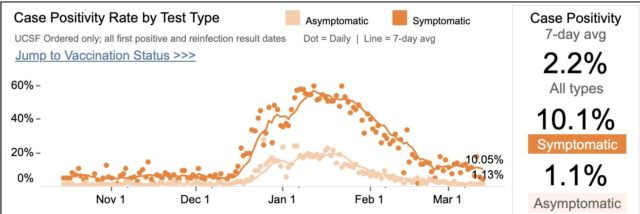
Dr. Bob Wachter, Chairman of the Department of medicine at University of California San Francisco (UCSF) Medical School, keeps track of the test Positivity rates that are seen at the UCSF hospital, both for symptomatic and asymptomatic COVID cases. The asymptomatics are among people who are admitted for non-COVID reasons and have no obvious symptoms, but get a Positive PCR test during admission screening. Dr. Wachter says has been using the asymptomatic test Positivity rate at his UCSF hospital as “an estimate of the probability that someone who is feeling well has Covid.” Here is the observed UCSF test data from mid-Oct 2021 to mid-Mar 2022:[1]
The Omicron wave is clearly shown, peaking in mid-Jan 2022 (symptomatic test Positive rates >50%; and asymptomatic rates ~20%). Both rates declined substantially in Feb and early Mar, and are currently down to 10.1% and 1.1% respectively. Following Dr. Wachter’s lead, let’s assume that the prevalence of asymptomatic infections among the communities from which the Antarctic cruise participants were drawn was 2%, as it was in San Francisco Co., in Mid Feb.
Under the above assumptions, there was a greater than 60% chance[2] that one or more of the travelers boarded with an asymptomatic infection which went undetected (because it was early, and the person(s) was/were not yet infectious). If we also include the 50 crew members, the probability that one or more people on the cruise would be bringing an asymptomatic infection on board goes up to more than 80%. (This may be overstating things, as some of the crew would have had limited or no exposures to the guests).
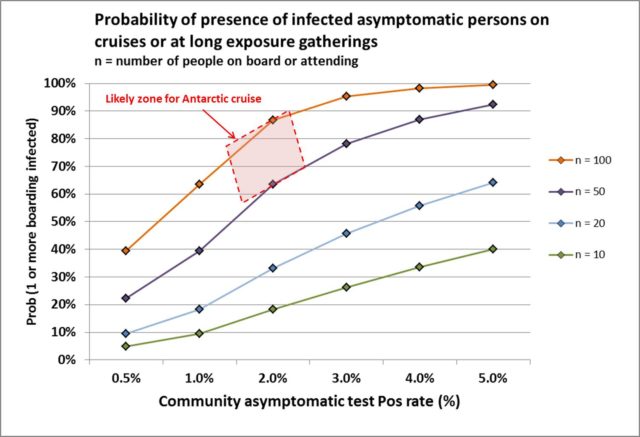
At left is a graph that shows the variation in the probability of having one or more infected but asymptomatic people among groups of different sizes, for a range of prevalence of asymptomatic infections in a community. This math can apply to any type of gathering, but you need an estimate of the prevalence of asymptomatic infections in the relevant community from which attendees are drawn, for which we used 2%.
It is important to stress that these curves do not show transmission probabilities, or your chance of being infected. They only show your chance of being in the (extended) presence of someone who, in Dr. Wachter’s words, “is feeling well, but has COVID” and is therefore possibly able to transmit to others. Given the above probabilities, and the household secondary attack rate of 20-30%, it is not at all surprising that the cruise became a super-spreader event, with thankfully moderate impact.
But then, maybe Long COVID. So the story isn’t completely over yet.
FOOTNOTES:
[1] Probability of “Feeling Good, but Infected”
The graph is from Dr. Wachter’s tweet, here:
https://twitter.com/Bob_Wachter/status/1503510846026227713
[2] Probability of Infection based on group size (We were trained to always show our work)
We can calculate the probability that one or more of the 50 cruise guests had an asymptomatic infection (though not yet testing Positive, and not yet transmitting) when they boarded the cruise. For this, we can use the Binomial distribution, denoted B(k, n, p), where k is the number of “successes” in n Bernoulli trials, each with probability p of success. See Wikipedia for an explanation and the formula:
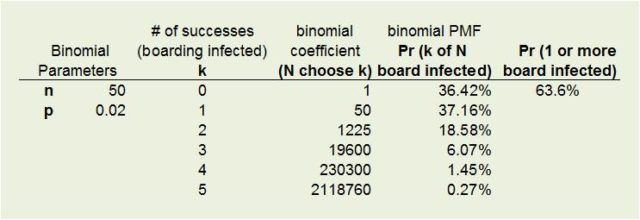
https://en.wikipedia.org/wiki/Binomial_distribution
B(k, n, p) = (n choose k) *(p^^k)*(1-p)^^(n-k)
If we suppose that Patient 0 was among the 50 guests, we have:
n = 50
p = 0.02 (assumed from above reasoning about prevalence of asymptomatic infections)
Using the excel statistics function, BINOM.DIST(k, n, p, FALSE), gives the following table for the first six values of k from 0-5. And the probability of 1 or more successes (people boarding infected but asymptomatic) is 1 – Pr(zero successes)
= 1 – 0.364 = 0.636.
More From Gregg Dieguez ~ “InPerspective”
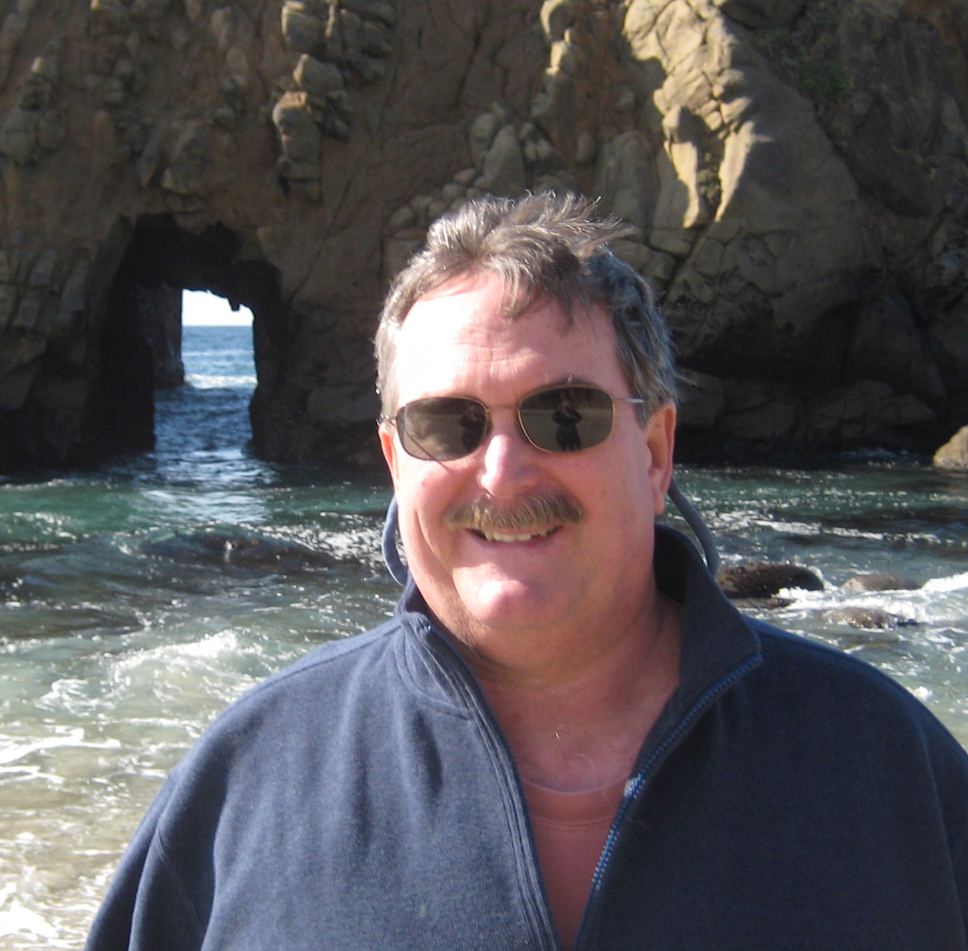
Rich D. a college classmate of Bruce and Gregg, trained at Harvard Medical School, and is a now-retired MD.
Mr. Dieguez is a native San Franciscan, longtime San Mateo County resident, and semi-retired entrepreneur who causes occasional controversy on the Coastside. He is a member of the MCC, but his opinions here are his own, and not those of the Council. He lives in Montara. He loves a productive dialog in search of shared understanding. >>
^^ Mr. Laird is another semi-successful, semi-retired MIT entrepreneur but with more degrees, living in Los Altos. They roomed and caused trouble together back in the day. Bruce produces a periodic newsletter on the science and implications of COVID-19. For a free subscription, contact Bruce at: laird2007@hotmail.com


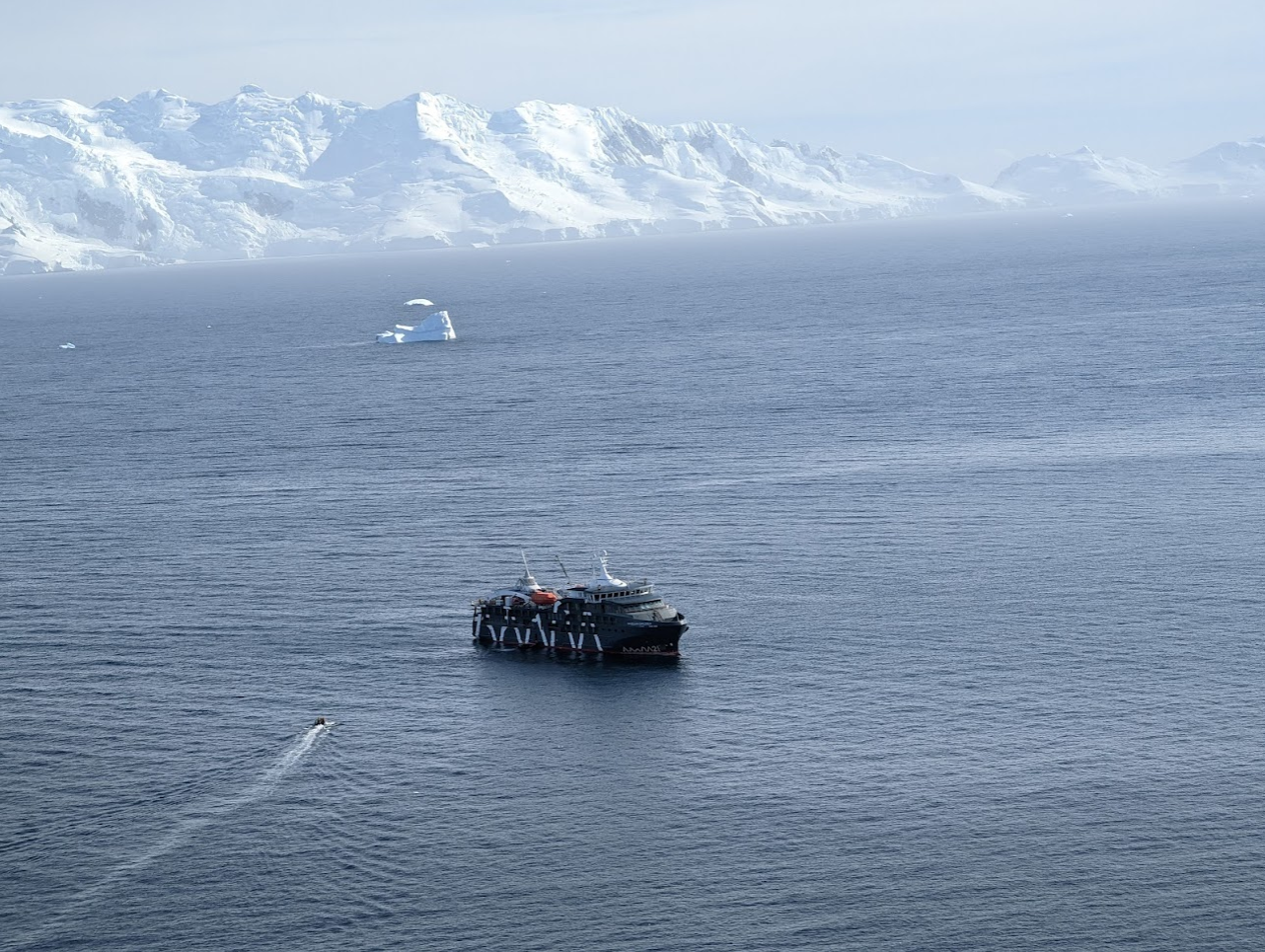


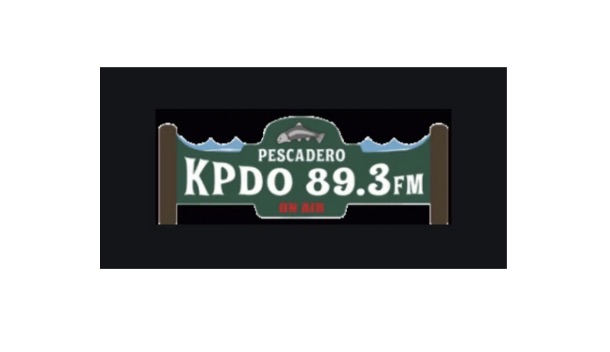
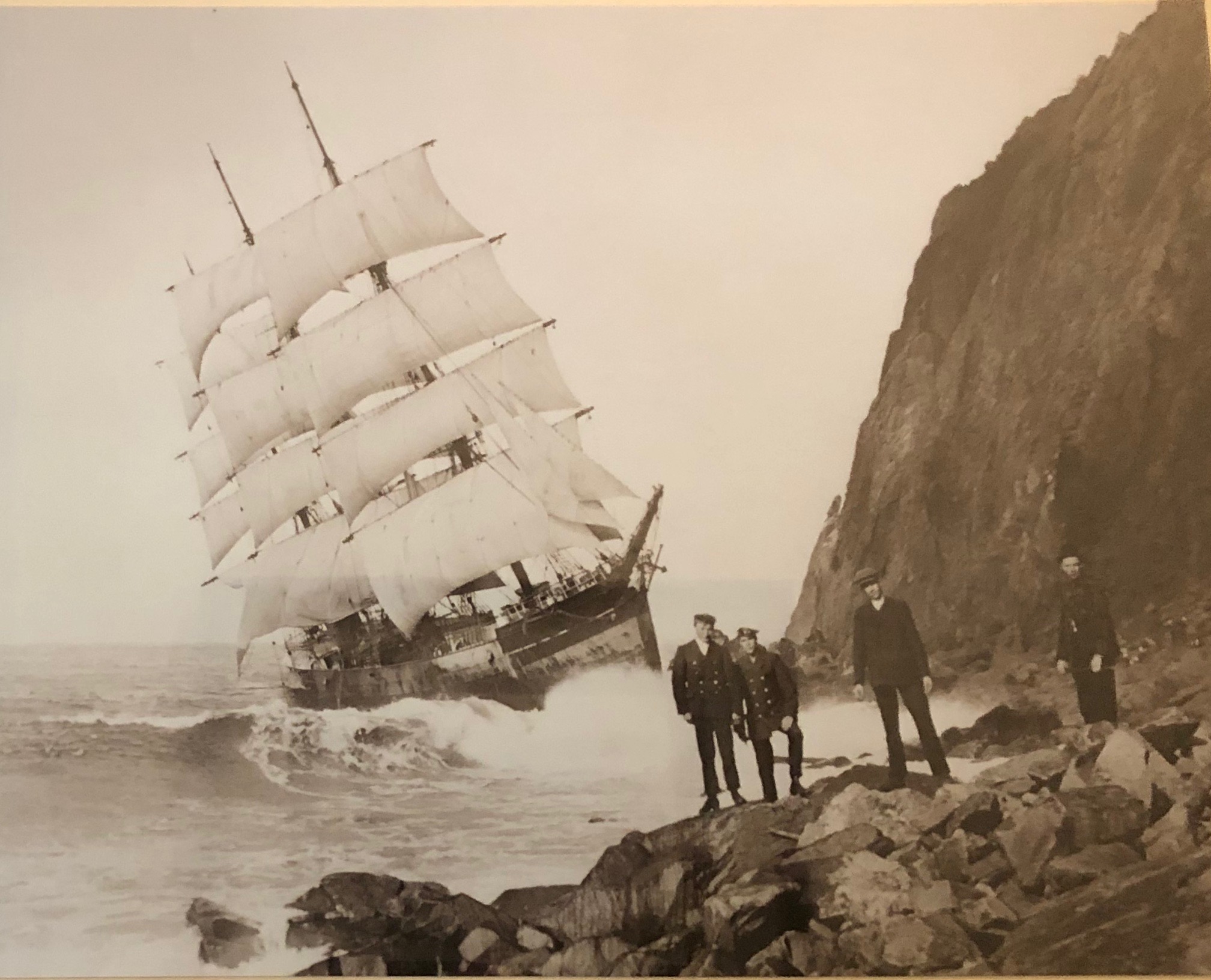
Would have been nice to hear about the trip, all we got was more covid panic. The vax or boosts do not stop infection, they would have all been better off taking Vitamin D, Vitamin C, Zinc & Quercetin. The real question is, any sudden deaths on board?
Seems “dies suddenly and unexpectedly” is all over the news these days..